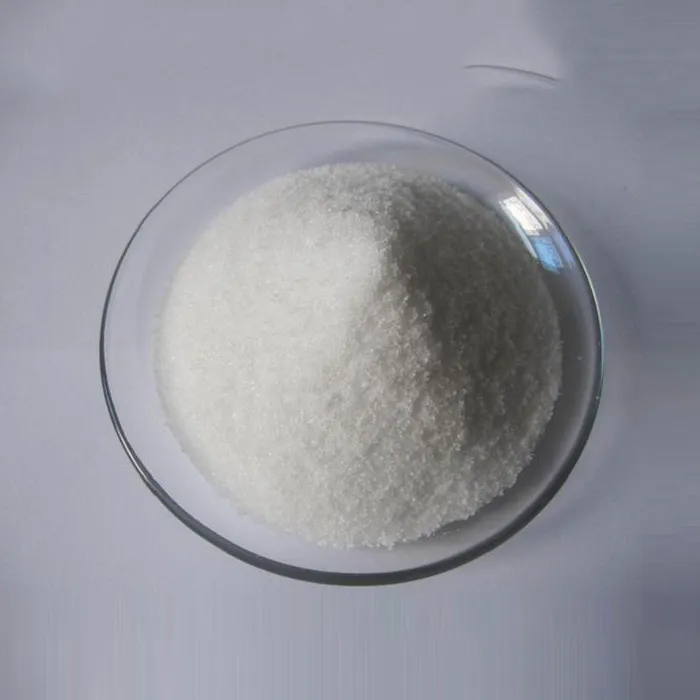Disinfecting Drinking Water The Role of Chemicals
Access to clean and safe drinking water is a fundamental necessity for human health and well-being. As populations grow and urbanization increases, the challenge of ensuring that water supplies remain free from harmful pathogens becomes ever more critical. Various methods have been adopted worldwide to disinfect drinking water, and among the most common approaches is the use of specific chemicals. Understanding which chemicals are effective for disinfection can help in maintaining hygiene standards and preventing waterborne diseases.
One of the most widely used chemicals for disinfecting drinking water is chlorine. Chlorine is favored for its potency in killing bacteria, viruses, and other pathogens that may be present in water sources. The use of chlorine in water treatment began in the late 19th century and has since become a standard practice in municipal water supply systems around the globe. Chlorine works by penetrating the cell walls of microorganisms and disrupting their metabolic processes, ultimately leading to cell death.
In addition to free chlorine, chloramines—compounds formed by the reaction of chlorine with ammonia—are also frequently used for water disinfection. Chloramines have the advantage of providing a longer-lasting disinfectant residual in the distribution system, which is beneficial for maintaining water quality in pipes over longer distances. However, while chloramines are effective against certain pathogens, they are less effective than chlorine against others, particularly some viruses and protozoa.
Another chemical used for disinfecting drinking water is ozone. Ozone treatment is known for its strong oxidative properties, making it effective at killing bacteria, viruses, and protozoa. Ozone disinfection does not leave a residual disinfectant in the water, which can be a disadvantage when it comes to protection throughout the distribution system. However, ozone is preferred in certain situations, especially in bottled water production and in treatment systems where the taste and odor of chlorine need to be minimized.
what chemical is used to disinfect drinking water

Ultraviolet (UV) light is another method utilized for disinfecting water, although it is not a chemical in the traditional sense. UV disinfection works by damaging the DNA of microorganisms, rendering them incapable of reproduction and infection. While UV treatment is highly effective at eliminating a broad spectrum of pathogens, it requires proper water clarity to ensure that UV light can penetrate efficiently. Like ozone, UV treatment does not provide a residual disinfectant, making it less suitable for long-term distribution systems unless combined with other methods.
Hydrogen peroxide is gradually gaining attention as a disinfectant in water treatment. It acts as an oxidizing agent and can be combined with UV light or iron to enhance its efficacy in breaking down organic pollutants and disinfecting water. Its use is particularly noted in advanced oxidation processes (AOP), which are becoming more common in treating wastewater and challenging water sources.
In certain regions, particularly where water sources are prone to the presence of protozoan cysts such as Giardia and Cryptosporidium, the implementation of additional disinfecting agents like iodine might be observed. Iodine is effective against bacteria and viruses and is often used in emergency situations or for personal water purification, such as when hiking or traveling.
Despite the effectiveness of these chemicals in water disinfection, concerns remain regarding their long-term impacts on health and the environment. Byproducts formed during chlorination, such as trihalomethanes (THMs), have raised regulatory scrutiny due to potential health risks. Such concerns prompt ongoing research into alternative disinfection methods and better practices.
In conclusion, the disinfection of drinking water is a critical process vital for ensuring public health. Chemicals like chlorine, chloramines, ozone, hydrogen peroxide, and methods like UV disinfection play essential roles in this process. Understanding the strengths and limitations of each disinfectant allows water treatment professionals to choose the most appropriate methods suited to their specific water quality challenges. Ultimately, the goal remains to deliver safe, clean drinking water to all communities while minimizing health risks and protecting the environment.

